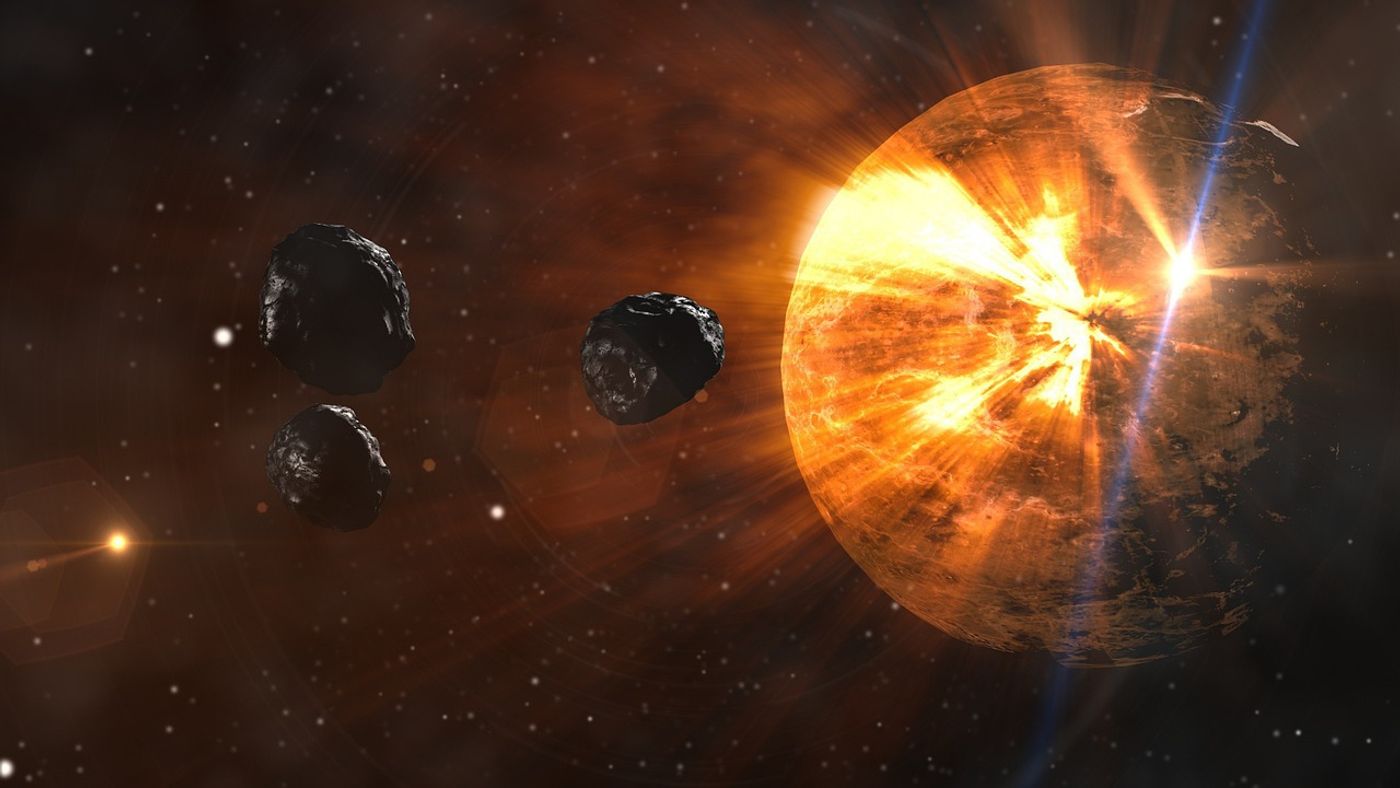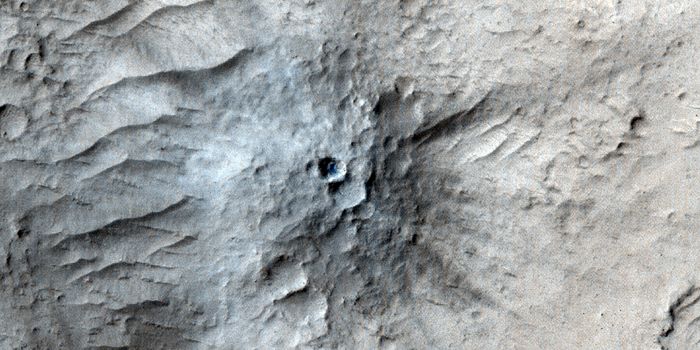Moon Glass Shows Correlation Between Lunar Asteroid Impacts and Earth
In a recent study published in Science Advances, an international team of researchers led by the Chinese Academy of Geological Sciences in Beijing examined lunar glass beads brought back to Earth in December 2020 by the Chang’e-5 Lunar mission and determined that asteroid impacts on the Moon millions of years ago correlate with some of the biggest asteroid impacts on Earth, including the one that killed off the dinosaurs.
"We combined a wide range of microscopic analytical techniques, numerical modelling, and geological surveys to determine how these microscopic glass beads from the Moon were formed and when," said Dr. Alexander Nemchin, a Professor in the School of Earth and Planetary Sciences at Curtin University, and a co-author on the study. "We found that some of the age groups of the lunar glass beads coincide precisely with the ages of some of the largest terrestrial impact crater events, including the Chicxulub impact crater responsible for the dinosaur extinction event. The study also found that large impact events on Earth such as the Chicxulub crater 66 million years ago could have been accompanied by a number of smaller impacts. If this is correct, it suggests that the age-frequency distributions of impacts on the Moon might provide valuable information about the impacts on the Earth or inner solar system."
Dr. Katarina Miljkovic, who is an Associate Professor in the School of Earth and Planetary Sciences at Curtin University, says that future relative studies could provide greater insight into the Moon’s geological history.
"The next step would be to compare the data gleaned from these Chang'e-5 samples with other lunar soils and crater ages to be able to uncover other significant Moon-wide impact events which might in turn reveal new evidence about what impacts may have affected life on Earth," said Dr. Miljkovic.
Sources: Science Advances
As always, keep doing science & keep looking up!









